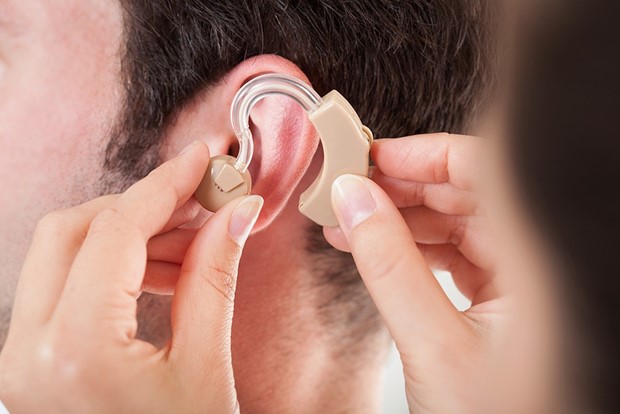A nurse is providing teaching to a client who has a newly prescribed hearing aid. Which of the following statements by the client indicates an understanding of the teaching?
"After I insert the hearing aid, I will turn it up as high as it will go.".
"I will need to get a new hearing aid every year.".
"I should leave the battery in the hearing aid when I take it out to sleep.".
"I should gradually increase the time that I wear the hearing aid.".
The Correct Answer is D
This statement indicates that the client understands the importance of gradually adjusting to wearing a hearing aid.
It can take time for the brain to adapt to new sounds and volume levels, so it’s important to increase usage gradually.

Choice A is wrong because turning the hearing aid up as high as it will go can cause discomfort and may not improve hearing.
Choice B is wrong because hearing aids typically last several years with proper care and maintenance.
Choice C is wrong because it’s important to remove the battery from the hearing aid when not in use to preserve battery life.
Nursing Test Bank
Naxlex Comprehensive Predictor Exams
Related Questions
Correct Answer is C
Explanation
After administering an injection, a nurse should discard the needle in a puncture-proof container.
This is a recommended practice to ensure the safety of injections and related practices.
Choice A is wrong because removing the needle from the syringe is not necessary.
Choice B is wrong because recapping the needle before disposal is not recommended as it increases the risk of needlestick injuries.
Choice D is wrong because placing the needle on the bedside table poses a risk of injury and infection.
Correct Answer is B
Explanation
A nurse should consult an occupational therapist when caring for a client who had a stroke and requires assistance with morning ADLs.
Occupational therapists specialize in helping individuals regain their ability to perform activities of daily living (ADLs) and can provide valuable assistance in this situation.

Choice A is wrong because a physical therapist focuses on improving mobility and physical function.
Choice C is wrong because a speech-language pathologist focuses on improving communication and swallowing abilities.
Choice D is wrong because a registered dietician focuses on nutrition and dietary needs.
Whether you are a student looking to ace your exams or a practicing nurse seeking to enhance your expertise , our nursing education contents will empower you with the confidence and competence to make a difference in the lives of patients and become a respected leader in the healthcare field.
Visit Naxlex, invest in your future and unlock endless possibilities with our unparalleled nursing education contents today
Report Wrong Answer on the Current Question
Do you disagree with the answer? If yes, what is your expected answer? Explain.
Kindly be descriptive with the issue you are facing.
